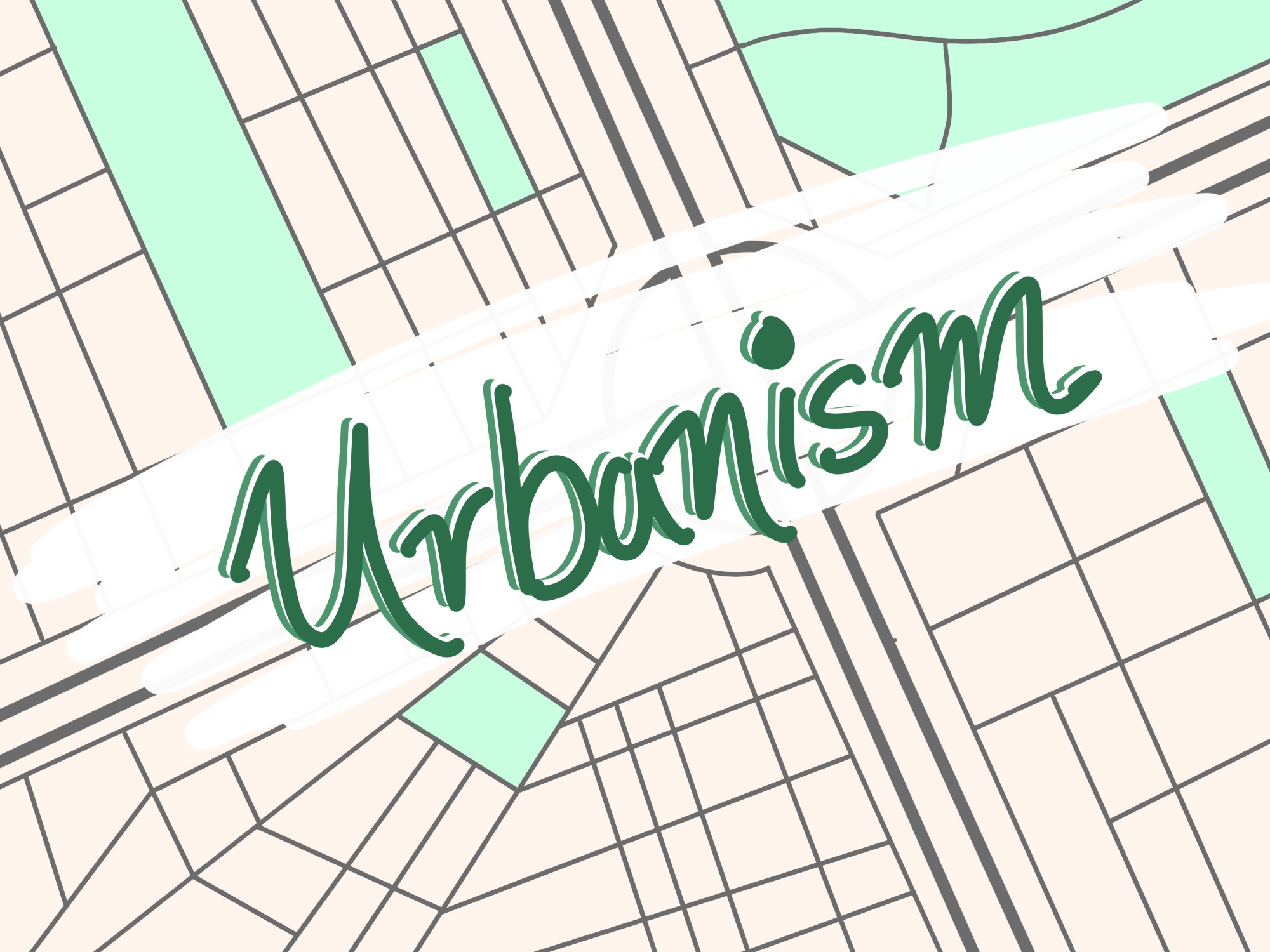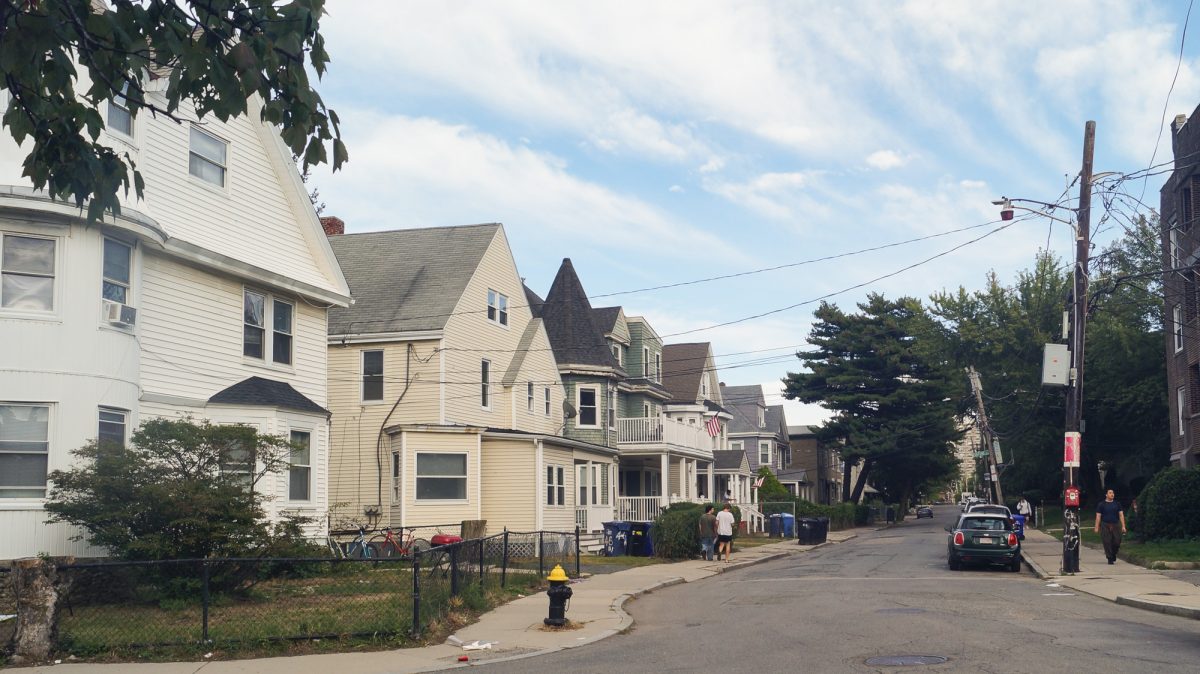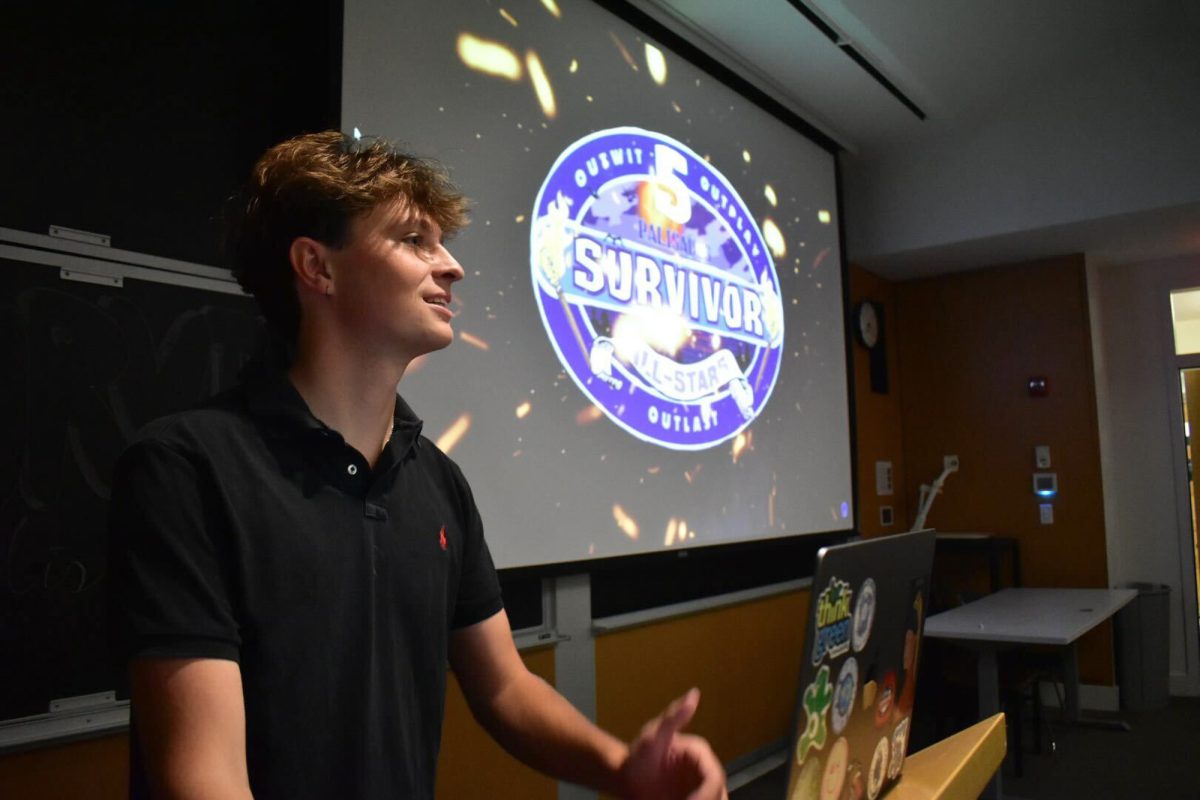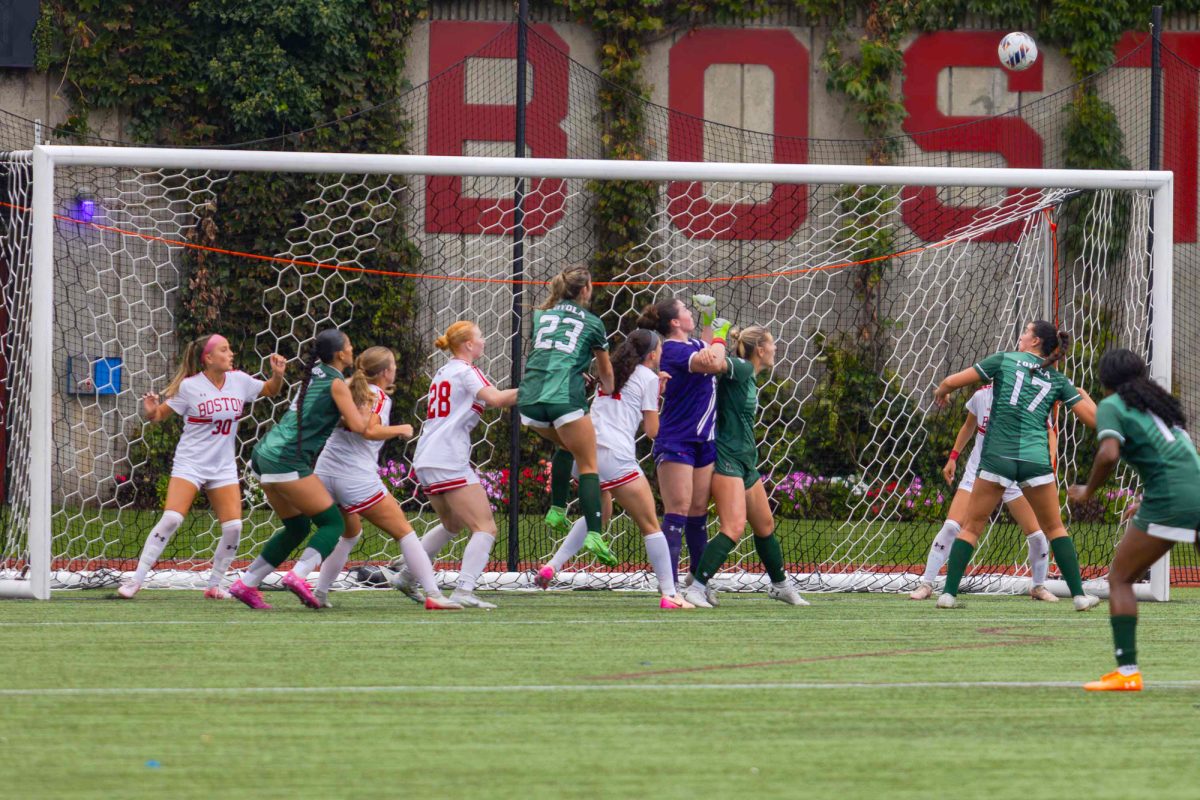
This is not normal human behavior.
Today, I’m writing to understand why I, and a significant (albeit not too significant) group of people, are so enraptured by urbanism and urbanist principles as to approach super-nerd status.
It started innocently enough. I remember curiously looking up the population of larger cities whenever they were the subject matter in a book or movie.
From there my obsession took off exponentially, and now the mere mention of a city in a college lecture can send me spiraling down a path of local industry data, demographic charts and transit ridership statistics.
For some reason, the intricate workings of municipalities of all shapes and sizes fascinate me. How we choose to protest, plan and produce the urban environments in which everyone agrees to live is incredibly important, and I’m far from the only one who feels this way.
It seems that the appetite for walkability and sustainable community planning is on the rise in my Gen Z peers. I’ve noticed the concepts popping up in more and more discussions with friends, political and apolitical.
It makes complete sense — after decades of segregationist and car-centric designs that stripped life from sidewalks and public spaces, a growing number of people are understandably fed up. After all, how we choose to plan our cities is how we choose to live our lives.
Last week I came across this article, where Princeton urban planner Jim Constantine describes the inciting incident of his passionate career with the zeal of a born-again evangelical.
In the article, Constantine says he got chills from realizing the neighborhood of his youth was being taught to him in an urbanism course.
I feel those same chills, as I’m sure many urban enthusiasts do, whenever I notice an inventive or charming implementation of community planning at work. Though the planning spectacles of Chicago’s Grant Park and Manhattan are recognized by many, I wanted to share some great work (or great issues) that people have largely overlooked.
The truth is, small towns get a lot of undeserved hate. They have to wrestle with their own unique set of problems, and sometimes it’s a little harder to manage without the resources of a larger municipality.
That’s why places like Clarksdale and Ojai are fascinating places to learn about. With unique challenges comes unique perspectives and ideas — ideas that everyone can learn from at least in part.
I’ve enjoyed the opportunity to write about a handful of interesting smaller cities, and I hope at least a few other people found these places to be interesting too. There are remarkable things to discover in towns all over this country — like these tiny rail cars at the University of West Virginia, which are adorable — and though I didn’t get the chance to write about them this semester, perhaps I can report on them another time.
As the academic year comes to an end, I’m excited to return to my small hometown, and I’m excited to take some time exploring new cities, small and large, to write about in the future.


























































































































